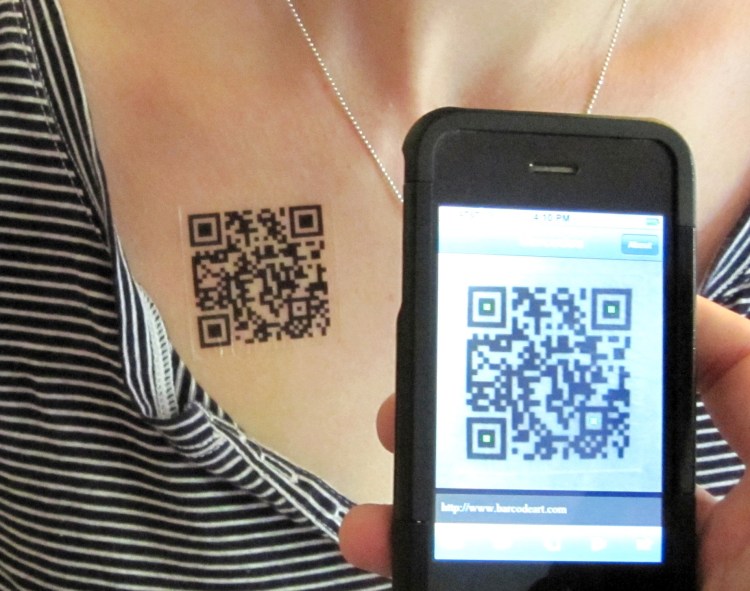 Jacob Beckley is Vice President of Innovation at full-service marketing agency Fusion92.
Jacob Beckley is Vice President of Innovation at full-service marketing agency Fusion92.
NFC – near field communication – is a hot new trend that has the potential to revitalize the direct mail marketing sector. It enables marketers to deliver content via an embedded NFC chip that allows wireless communication when a user touches a smartphone or mobile device to a piece of marketing collateral or brings the device into close proximity with an NFC tag.
Although NFC technology has been around since the 1980s and marketers are increasingly using it today, the technology was slower to catch on in marketing than QR code technology. QR codes – two-dimensional matrix codes that are often printed on direct mail marketing material – have found a ready user audience in the marketing realm for several years now. QR codes appear on everything from movie posters to fast-food restaurant drink cups to ketchup bottles. With QR codes, consumers can scan the printed code with their smartphone’s camera to be connected to online digital content.
Both NFC and QR codes serve a similar function: They are a bridge between the physical and digital worlds. NFC codes create a digital bridge to physical collateral, and unlike calls to action that require consumers to type in a URL or scan a code to get redirected to an online message, with NFC, all the consumer has to do is touch their smartphone or mobile device to the collateral for an instantaneous connection. It’s a unique way to connect the physical and digital spaces. This makes both technologies highly attractive to marketers.
But despite the current popularity of QR codes, many analysts believe that NFC technology is poised to replace QR codes as the marketing tool of choice. That’s because NFC is generally easier to use: Depending on the scanning application, QR codes can take seven or more steps to direct users to the digital marketing content. NFC codes don’t require any action on the part of the user other than bringing the device into close proximity to the tag.
However, QR codes got a huge head-start over NFC, mainly due to the fact that popular smartphone manufacturer Apple has been slow to embrace NFC technology. But other tech giants like Google have recently rolled out new products that use NFC, such as the Google Wallet, which uses NFC to transmit payment details to merchants for wireless transactions. Additionally, Samsung and other mobile smartphone makers have paved the way by incorporating NFC technology in their smartphones since as early as 2006.
NFC and Direct Mail
The use of NFC as a marketing tool is on the rise, but it’s not yet pervasive. That means marketers who use it now are early adopters. This is a unique opportunity for marketers such as direct mail specialist to get ahead of the curve. It is also an opportunity to build a digital bridge for consumers with a tool that eliminates the need for the target audience to take multiple steps to reach online content.
In the past, one obstacle to widespread NFC adoption was the need to embed chips or tags in the call to action material, which could take many forms, including letterhead paper, poster stock, business cards and virtually any other material on which a marketing message can appear. However, the development of NFC-enabled papers and plastics eliminate this barrier, opening up many new NFC applications, including use of the paper to create direct mail pieces of all types.
Developments like NFC-enabled paper, creating cheaper methods of tag production and technology adoption will help push NFC usage rates higher, as will Apple’s embrace of the technology since it is becoming more commonplace. The technology’s applications are practically limitless. Proximity marketing applications can allow merchants to convey messages to any smartphone within range of a particular product, allowing marketers to precisely target messages to consumers and gauge reactions to offers in real time.
Marketers who are early adopters of this emerging technology tool can differentiate themselves from competitors by developing analytics around the technology. This can provide a major strategic advantage. Marketers can also use NFC to improve their tactical approach by eliminating the need to create short URLs, relying instead on proximity to complete the connection between the direct mail marketing piece and the online offer.
By giving marketers a new way to bridge the physical and digital gap, NFC technology offers unprecedented opportunities to brands that want to convey a tech-savvy image while delivering valuable offers and collecting vital consumer insights. NFC is positioned to revitalize the direct mail marketing sector, enabling instantaneous delivery of relevant messages affordably and effectively.
photo credit: scott_bl8ke via photopin cc
VentureBeat's mission is to be a digital town square for technical decision-makers to gain knowledge about transformative enterprise technology and transact. Learn More

